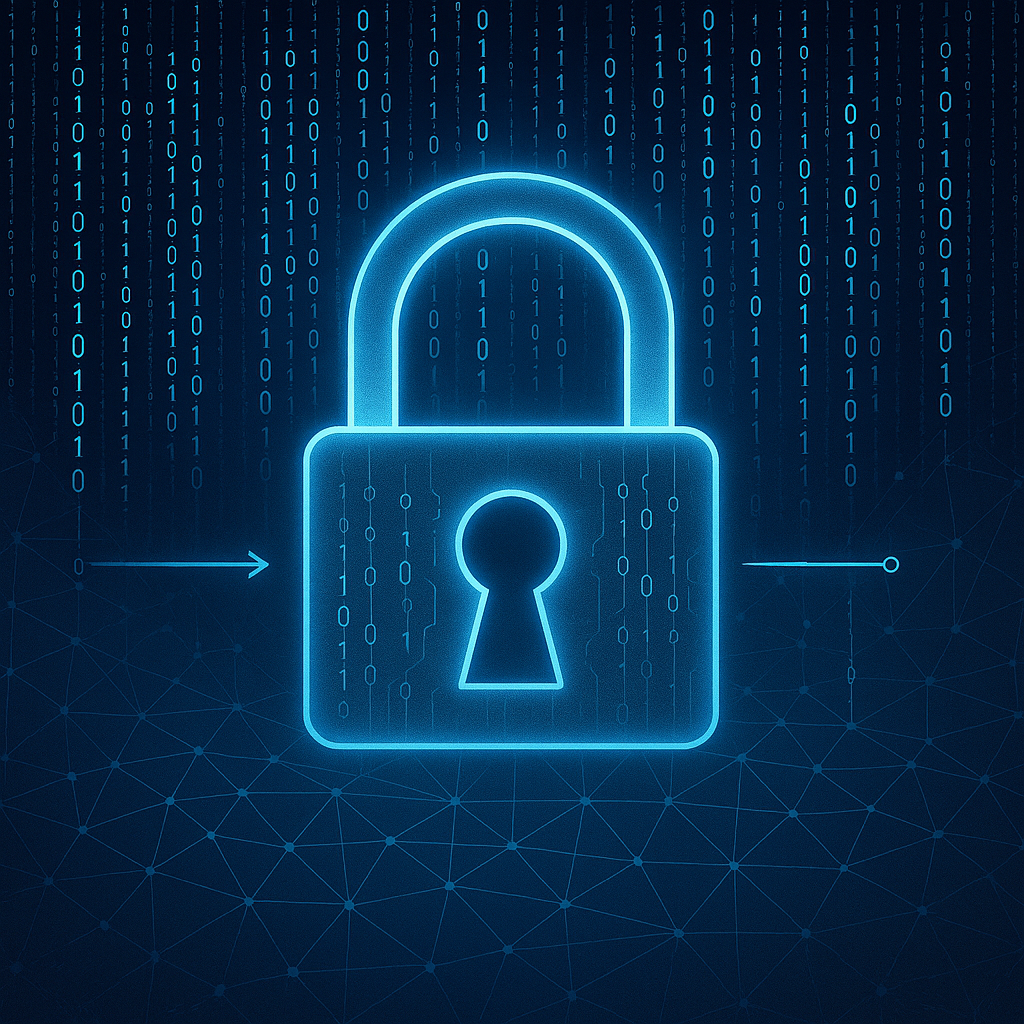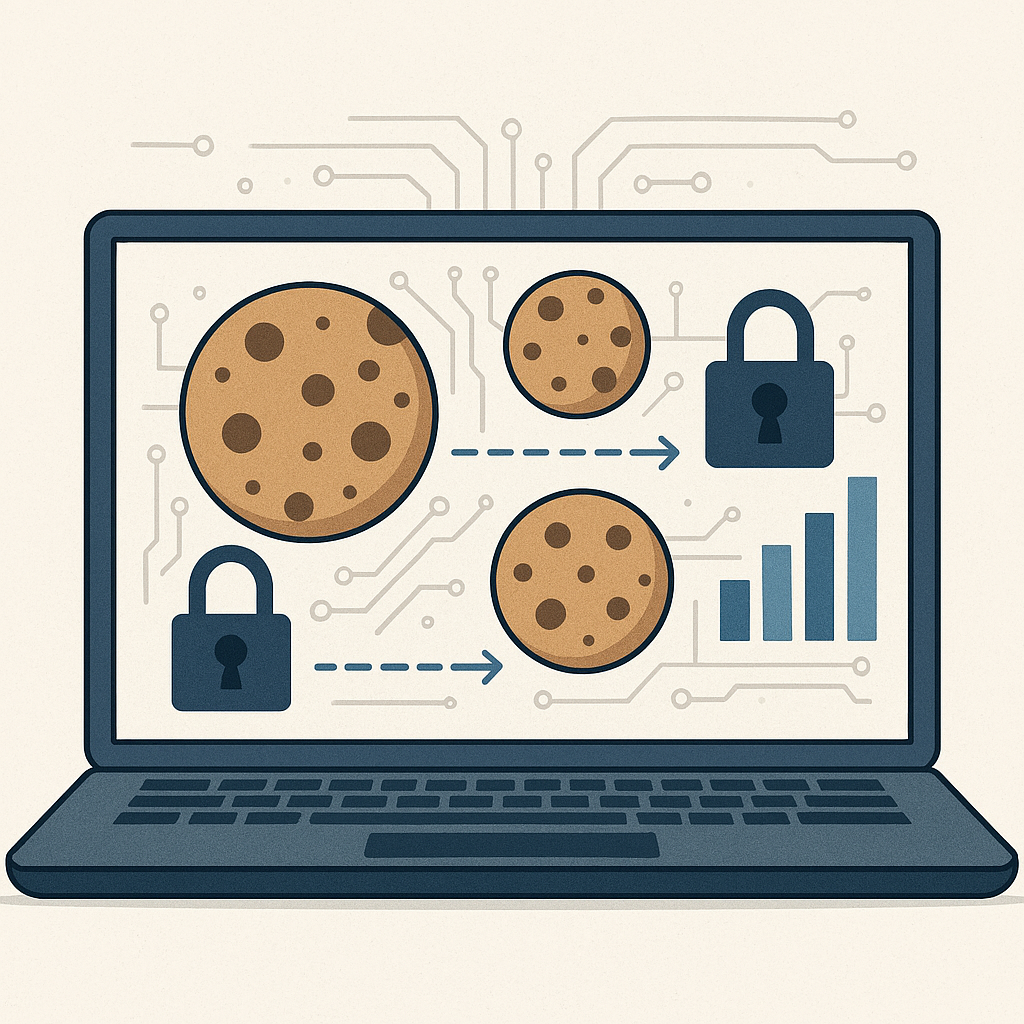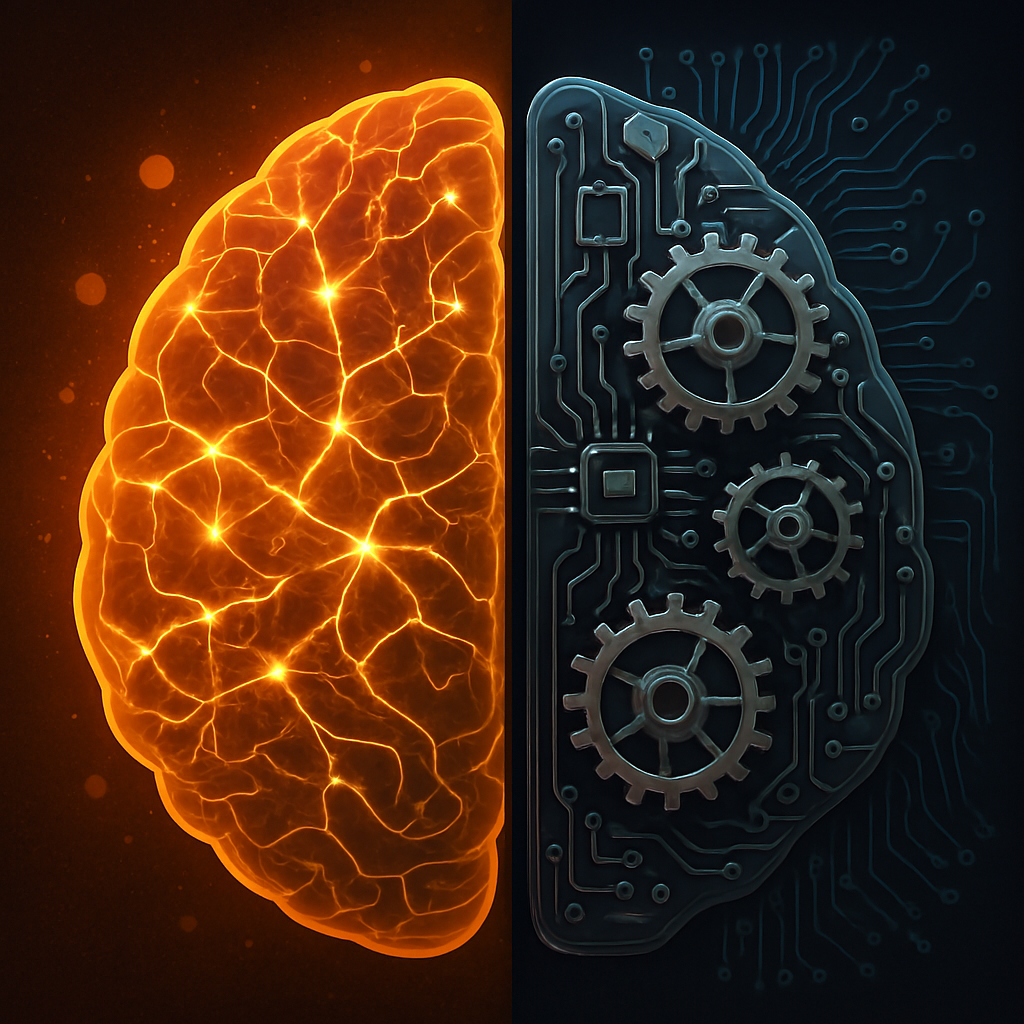The Effects of RSA on Network Security
Introduction
Network security is the foundation of safe digital communication, and encryption plays a vital role in maintaining trust between systems and users. Among the most widely recognized encryption methods is RSA, a public-key cryptographic algorithm developed in the late 1970s. The effects of RSA on network security are significant because it introduced a secure way to transmit sensitive information, protect authentication, and enable digital signatures. Without RSA, modern e-commerce, online banking, and private communications would be far less secure.
This article explores the key effects of RSA on network security, its advantages, challenges, and its role in shaping the future of cybersecurity.
Understanding RSA and Its Role in Security
RSA (Rivest-Shamir-Adleman) is a public-key cryptographic system that uses two keys: a public key for encryption and a private key for decryption. Its strength lies in the difficulty of factoring large prime numbers, making it resistant to brute-force attacks.
The effects of RSA on network security include establishing secure communication channels, enabling trust between parties who have never met, and creating the foundation for secure internet protocols such as SSL/TLS. This ensures that sensitive information like credit card numbers, login credentials, and confidential messages remain protected during transmission.
Data Confidentiality and Protection
One of the most important effects of RSA on network security is confidentiality. When a message is encrypted using RSA, only the intended recipient with the private key can decrypt it. This ensures that even if the data is intercepted, it remains unreadable to attackers.
RSA has been widely adopted in email encryption, secure browsing, and VPN services. By ensuring confidentiality, it prevents unauthorized access and builds trust in online services.
Authentication and Identity Verification
Another major effect of RSA on network security is its role in authentication. RSA is used in digital certificates to verify the identity of websites and individuals. For example, when you connect to a secure website, RSA helps confirm that the site is genuine and not an impersonation.
Authentication protects users from phishing attacks and fraud by ensuring they are communicating with the right entity. Without RSA, verifying identities in digital communication would be much more difficult.
Enabling Digital Signatures
Digital signatures are another critical area where the effects of RSA on network security are evident. A digital signature generated using RSA ensures that a document or message has not been tampered with.
This has powerful implications for businesses, governments, and individuals, as it allows contracts, agreements, and communications to be verified for authenticity. In legal and financial industries, RSA-based digital signatures provide assurance of both integrity and origin.
Impact on E-Commerce and Online Transactions
The growth of e-commerce would not have been possible without strong cryptographic systems like RSA. One of the key effects of RSA on network security is its ability to secure financial transactions over the internet.
RSA enables secure checkout processes, protects credit card data, and ensures that payment gateways are safe from cybercriminals. Without RSA, customers would hesitate to trust online payment systems, significantly slowing down the growth of digital markets.
Scalability and Compatibility
RSA’s compatibility with various systems and applications has also had a strong effect on network security. Since it became one of the first widely adopted public-key systems, it set the standard for encryption protocols across the internet.
Today, RSA is embedded in browsers, email clients, and operating systems. Its ability to integrate easily into different technologies made it a cornerstone of network security.
Limitations and Challenges of RSA
While the effects of RSA on network security are mostly positive, it does come with challenges:
- Computational Load: RSA requires heavy computation, especially with larger key sizes, which can slow down systems.
- Vulnerability to Quantum Computing: Future advancements in quantum technology may weaken RSA encryption.
- Key Management: Securely generating, storing, and managing RSA keys is crucial to maintaining its effectiveness.
These limitations highlight the need for ongoing innovation in cryptography to supplement RSA in the long term.
RSA vs. Modern Alternatives
RSA is still widely used, but newer algorithms such as Elliptic Curve Cryptography (ECC) are gaining popularity due to faster performance and smaller key sizes. While ECC offers efficiency, RSA remains trusted because of its long history and proven reliability.
The effects of RSA on network security continue to shape modern practices, but many organizations now adopt a hybrid approach, using RSA alongside other encryption methods.
The Future of RSA in Network Security
Looking ahead, the role of RSA in network security may evolve as new technologies emerge. Quantum-resistant algorithms are being developed to address potential threats. However, RSA is unlikely to disappear soon because it remains embedded in many critical infrastructures.
Organizations must prepare for a gradual shift while continuing to rely on the proven protection RSA provides. Its legacy ensures that it will remain part of cybersecurity strategies for years to come.
Conclusion
The effects of RSA on network security have been transformative. From safeguarding data confidentiality and enabling digital signatures to authenticating identities and supporting e-commerce, RSA has laid the foundation for secure digital communication.
Although it faces challenges such as computational intensity and future quantum threats, RSA remains one of the most trusted encryption methods in use today. Its role in establishing trust, privacy, and integrity online is unmatched, making it a cornerstone of cybersecurity.
As technology advances, the effects of RSA on network security will continue to influence how organizations and individuals protect their digital assets, ensuring a safer and more reliable internet for everyone.




Comments are closed